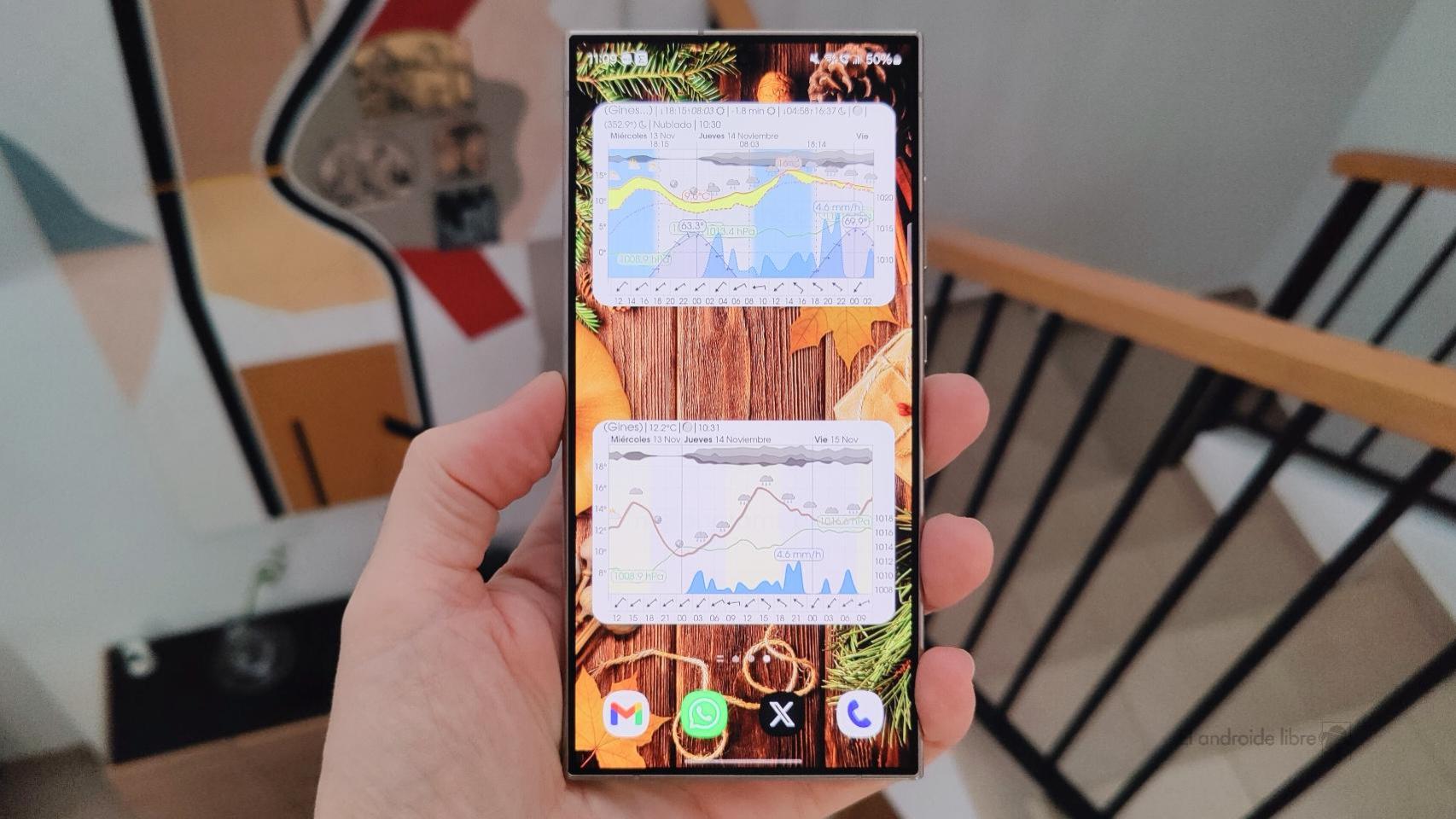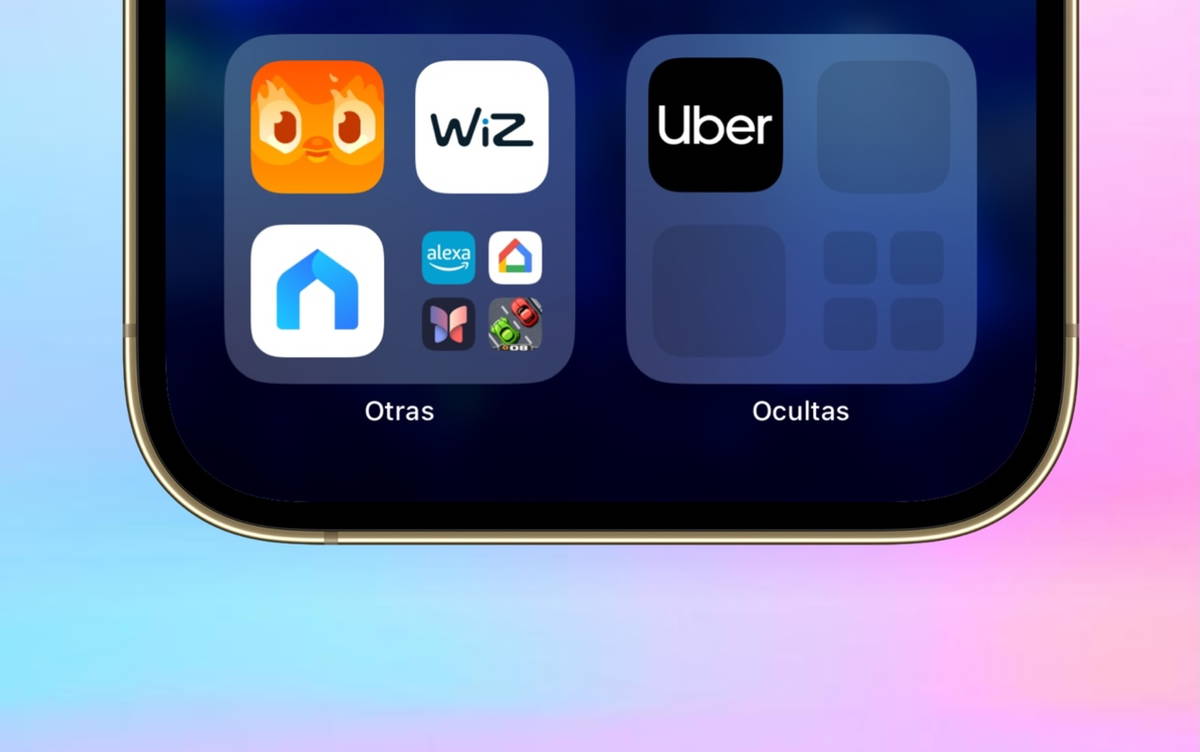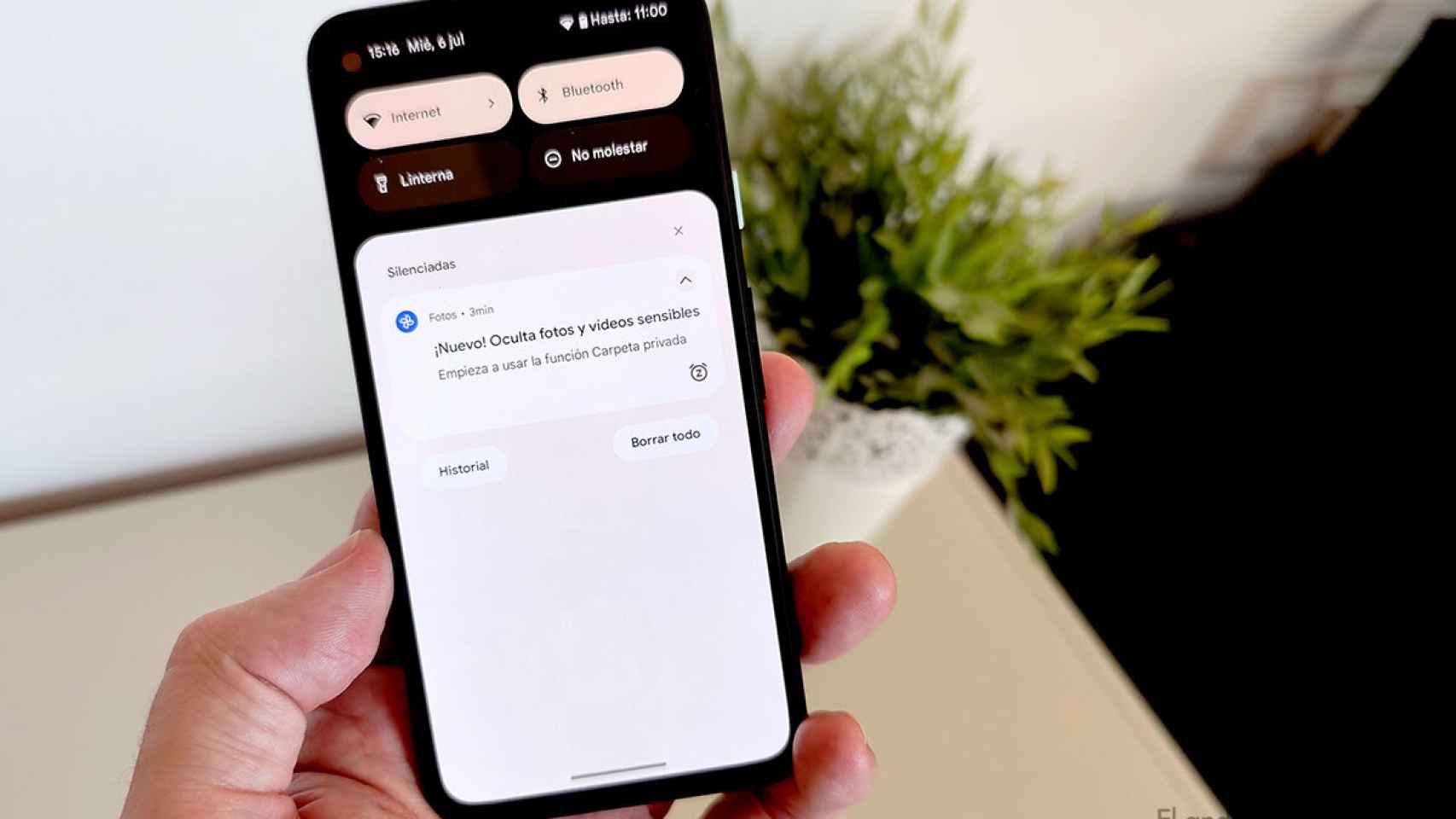If you think iOS is a “lesser” operating system because it’s on the iPhone, you’re wrong. Actually, I would dare to say that iOS is a more complicated operating system than macOS, because it needs to be integrated with many more sensors than we normally have in a computer. Courtesy visionOS, it is perhaps the most advanced and comprehensive operating system in existence.
Accessing an iOS 17 that can boast of this has not been easy or short. We are going to see all the versions of iOS that have been made to date with their essential data, as a historical record and to realize how far we have come.
Why is the iPhone operating system called iOS?
iOS is actually an acronym for “iPhone operating system”, a name that already describes itself. This is simply the iPhone’s operating system. Its pronunciation is generally “ai-ou-es”, using the English acronym. Although I’ll say it right away: you can pronounce it however you want.
What was the first version of iOS
The first version of iOS It was called iPhone OS 1.0, and it is the one that equipped the original iPhone when it was launched in 2007. During its three major versions, this name was kept, to be called “iOS” from version 4.0. Apple wanted to simplify this name and make it more user-friendly.
iPhone OS 1.0 was very limited: it didn’t support wallpapers (it just had a black background) and its icons were fixed and couldn’t be rearranged. In fact, there wasn’t even an App Store and developers were learning how to create web apps.
All iOS versions to date
|
iOS version |
release date |
main news |
|---|---|---|
|
iphone os 1.0 |
June 29, 2007 |
Released with the original iPhone, this was the first version of the system. |
|
iphone os 2.0 |
July 11, 2008 |
This was the first version of the system to include the App Store and support third-party applications. |
|
iphone os 3.0 |
June 17, 2009 |
The copy and paste option was introduced for the first time, in addition to Spotlight searches. The maximum number of apps you could have installed has been extended to 180. |
|
iOS 4 |
June 21, 2010 |
The ability to use wallpapers and icon folders was introduced, allowing for better customization and organization of the system home screen. |
|
iOS 5 |
October 12, 2011 |
The notification center and the ability to update the system without having to connect the iPhone to a computer were presented. iOS 5 was also the first iOS to work through iCloud and feature Siri on the iPhone 4S. |
|
iOS 6 |
September 19, 2012 |
iOS 6 launched Apple Maps, abandoning Google Maps as the default maps app on iPhones. |
|
iOS 7 |
September 18, 2013 |
iOS 7 saw a complete overhaul of the entire system, with a completely new interface that we still rely on today with iOS 17. Another big new feature was AirDrop. |
|
iOS 8 |
September 17, 2014 |
The Health app was first introduced alongside the arrival of the Apple Watch that same year. The Continuity feature has also been introduced to be able to move from one device to another by opening the same applications and synchronizing our work seamlessly. |
|
iOS 9 |
September 16, 2015 |
Improvements have been made to the Notes application and Night Shift mode, predecessor to True Tone mode which adapts the color temperature of the screen to that of the environment around us. |
|
iOS 10 |
September 13, 2016 |
iOS 10 introduced 3D Touch, which allowed us to perform various actions based on the pressure we applied with our fingers. The cards were redesigned and the iPhone was reformatted to the new APFS file system. |
|
iOS 11 |
September 19, 2017 |
The “Files” app was introduced, the App Store was completely redesigned with a simpler interface and the lock screen was combined with the notification center. |
|
iOS 12 |
September 17, 2018 |
iOS 12 marked the arrival of Screen Time, to motivate users to use their iPhone more responsibly. The Shortcuts app has also arrived. |
|
iOS 13 |
September 19, 2019 |
Starting with this release, iPads started running their own operating system called iPadOS. On iPhones, privacy has been strengthened, dark mode has been released, and gestures for writing and editing text with the on-screen keyboard have been improved. |
|
iOS 14 |
September 16, 2020 |
New iOS page called “Today” with an editable list of widgets and a new section called “App Library” to view installed apps in an alternative way. iOS 14 was the first system to include App Clips. |
|
iOS 15 |
September 20, 2021 |
iOS 15 introduced focus modes, a new design for system notifications, and a new way to drag and drop content between apps taking advantage of multitasking. |
|
iOS 16 |
September 12, 2022 |
iOS 16 brought us the editable lock screen with Widgets, an isolation mode for security risks, editing sent messages in iMessage and the Freeform app. |
|
iOS 17 |
September 18, 2023 |
iOS 17 was the system that released Contact Posters and NameDrop, in addition to bringing us the Diario app and the arrival of alternative stores to the App Store to adapt to European Union law. |
iOS 18 is expected to be presented in June this year, and is expected to arrive in September after a summer full of beta versions. Among its new features are a possible redesign of the interface and generative artificial intelligence functions distributed throughout the system.
How to know what version of iOS your iPhone has
To find out which version of iOS you have installed on your iPhone, simply follow these steps:
- On your iPhone, open the Settings app.
- Click “General”.
- Click on ‘Information’:


There you will see a list of data about your iPhone model and, among other things, the version of your iOS.
How to update iOS to the latest version
Updating your iPhone is very simple. This will probably happen automatically, but just follow these steps if you want to force a manual update:
- On your iPhone, open the Settings app.
- Click “General”.
- Click “Software Update”:
- There you can see if a new version of iOS is available. If this happens, you will have a handy button to download and install this update.


The update will take a few minutes and will cause the iPhone to restart several times. Please note that once the process is completed, the iPhone It will ask you for the PIN code of your SIM card (if you have not previously deactivated it). Make sure you remember this 4-digit code, or at least write it down somewhere.
Pictures | Rabbit Flure
In Applesfera | How to quickly send your real-time location from your iPhone in an emergency
In Applesfera | How to read a deleted message on WhatsApp from your iPhone
Table of Contents









